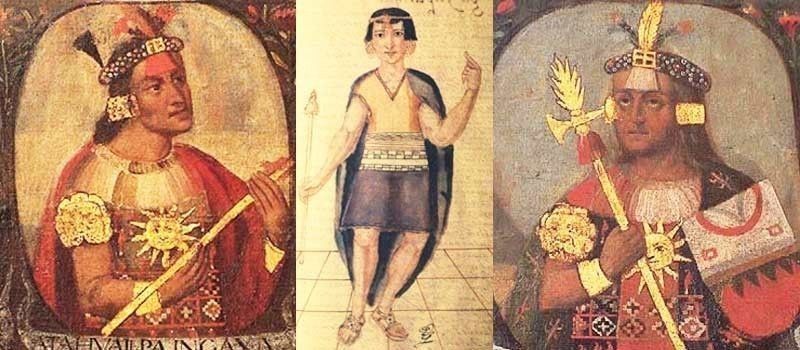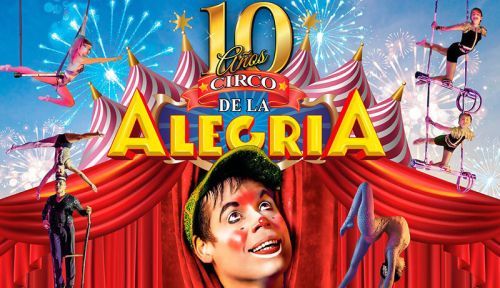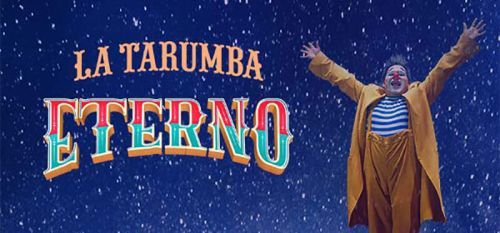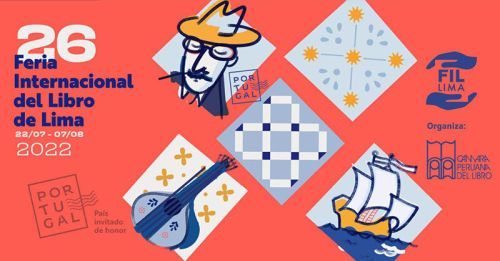In the thirteenth century the Incas were one of several small tribes living in the region of the present-day Peruvian city of Cuzco.
It was not until the fifteenth century that they began to emerge as one of the most powerful nations in the Americas. Most of their conquests took place under their emperor Pachacuti, who reigned from 1438 to 1471, and then his son Topa Inca Yupanqui, who died in 1491. In a little less than one hundred years, the Incas created an empire that extended from present-day southern Colombia to central Chile, including Ecuador, Peru, and most of Bolivia.
Pachacuti was a brilliant soldier and administrator. His armies had plenty of food and clothing and fought with slings, bows, spears, and wooden clubs. He built good roads along which the army could transmit messages by a relay of runners or move quickly if it ran into trouble.
Alongside the roads, storehouses were kept full of grain to feed the armies or official travelers. The Incas had no wheeled vehicles, but they transported officials or other important travelers in litters, which were carriages on poles carried on the shoulders of strong young men.
All roads converged on Cuzco, the Incas' main city. The main square stood at the center of Cuzco, with the royal palaces nearby. Only royalty, nobles, priests, and other important people were allowed into the heart of the city. Not far from the square was the Incas' most important shrine, the Temple of the Sun. Most buildings were of stone blocks fitted together without mortar, so precisely shaped that even today one cannot pass a knife blade between the stones.
When the Incas conquered a new territory, they took account of the number of people living there, especially young men who might be fit for the Inca army. They also noted whether the land was good for farming or mining. Sometimes whole populations were moved from one part of the empire to another, perhaps because they were troublemakers or perhaps because a workforce was needed. This policy of relocation was also a deliberate attempt to spread the Quechua language of the Cuzco region throughout the Inca empire.
Government of the empire was strictly in the hands of the Inca emperor and Inca nobles of royal blood. The rest of the people were commoners who lived in ayllus, or communities, in which everyone knew his or her place and had a specific job. The state dictated when and what workers should do, how they should run their households, and what goods they could own. It even ensured that people married and had children. The state also looked after the sick and elderly. Most people worked on the land or in the mines and had to undergo a period of enforced labor as a form of tax to the state.
In the towns a few people worked as potters, weavers, and jewelers. They fashioned the finest textiles, vicuña skins, and gold and silver objects for the Inca emperor and his nobles. The commoners wore simple clothing of tunics and skirts, with a cloak or mantle over the shoulders. Shoes were made of crude cotton, wool, or leather. The Incas had no form of writing. To keep their records and accounts they used a device of colored, knotted strings called a quipu.
The Incas' principal god was the Sun god, from whom they believed the Inca emperor was descended. But they also worshiped other gods who controlled the weather and the land, brought good harvests, or helped them in war. Many of their festivals were related to the agricultural year, in which both the Sun god and Pachamama, or Mother Earth, were supremely important.
Sometime between 1525 and 1527, the Inca Emperor Huayna Capac died. He had not named a successor, and civil war broke out between his surviving sons, Atahualpa, who controlled the northern part of the empire, and Huascar, who had declared himself emperor in Cuzco. In 1532 Atahualpa had just defeated and imprisoned Huascar, when news came that a small group of Spanish adventurers had arrived on the coast of Peru.






























